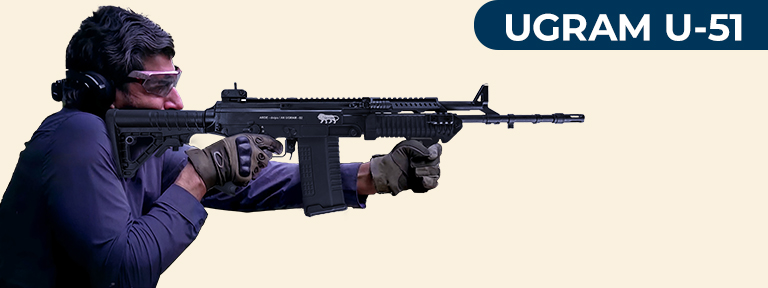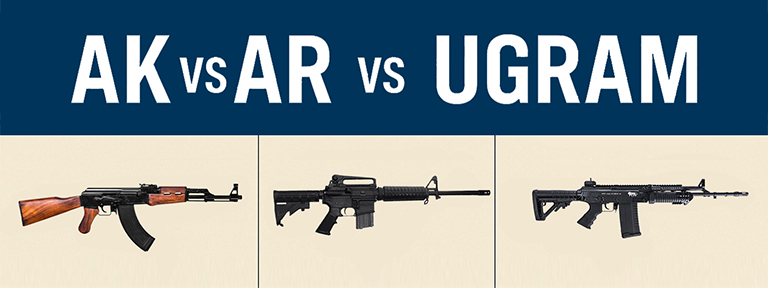India has learned the risks of relying on overseas suppliers for critical small arms and spares. German restrictions in the past affected access to MP5 parts, then rules were eased in April 2024. The lesson is clear. Readiness cannot hinge on shifting politics abroad. It must be anchored in Indian design, manufacturing, and support. Hindustan Times
A fully indigenous ecosystem is not just a patriotic idea. It is the most practical way to guarantee availability, control costs over the full life of a weapon, and protect operational timelines. When the entire stack is in India, procurement teams can plan with confidence. Lead times shrink. Spares arrive on schedule. Armourers keep fleets mission ready without waiting for foreign approvals.
Local design also means local optimisation. Indian forces work in deserts, mangroves, high altitude cold, and salt-air coasts. Those conditions demand the right steel, coatings, tolerances, and recoil systems. When platforms are engineered and tested at home, they can be tuned to Indian ammunition, doctrine, and training cycles. Reliability becomes a measured result on Indian ranges, not a claim in a foreign brochure.
Costs tell the same story. Imports may look attractive at the first invoice. Over years of service, shipping, licensing, requalification, and currency swings add up. Indigenous manufacturing keeps more value in the Indian economy and keeps quality control and documentation under Indian oversight. It also accelerates incremental upgrades, since engineering, production, and test are next door rather than across an ocean.
Innovation compounds when the entire loop lives here. Operator feedback can reach engineers in days. Prototypes can hit the range quickly. Small refinements in ergonomics and durability can roll out without waiting for foreign production windows. That momentum builds a national skills base and a pipeline for the next generation of small arms.
Dvipa Defence: Indigenous Across the Board
Dvipa Defence builds its platforms in India, end to end. The current lineup covers key operational needs and calibres, all developed for Indian conditions and sustainment. The portfolio includes the Ugram U-51 in 7.62×51, the U-51 LMG in 7.62×51, the U-51 D in 7.62×51, the U-45 AR in 5.56×45, the U-39 in 7.62×39, and the U-19 in 9×19. dvipa.in
Every product is designed for hard use and local serviceability. Materials and surface treatments are selected for heat, dust, humidity, and cold. Controls and mounting options support common Indian accessories for optics, lights, and suppressors. Armourer workflows are simplified with straightforward field stripping and fewer unique tools. Documentation and spares pipelines are built for quick turnaround inside India.
Why this matters now
Strategic autonomy is not a slogan. It is the difference between mission ready and mission delayed. A domestic small arms base also strengthens the wider economy. It creates skilled manufacturing jobs, advances metallurgy and precision machining, and opens responsible export opportunities under Indian law. Most important, it delivers accountability. Indian end users get Indian support on Indian timelines.
A note on legacy imports
Imports like the MP5 helped fill gaps in earlier decades, and recent policy changes abroad may make limited purchases easier in specific cases. That does not change the core requirement. India must never allow essential equipment to be gated by external approvals. The safest route is a self-reliant, quality-driven supply chain that begins and ends in India.
Bottom line
Build here, test here, support here. With a complete indigenous lineup across rifles, LMGs, and submachine platforms, Dvipa Defence shows that world-class performance and full supply chain control can be achieved inside India.



